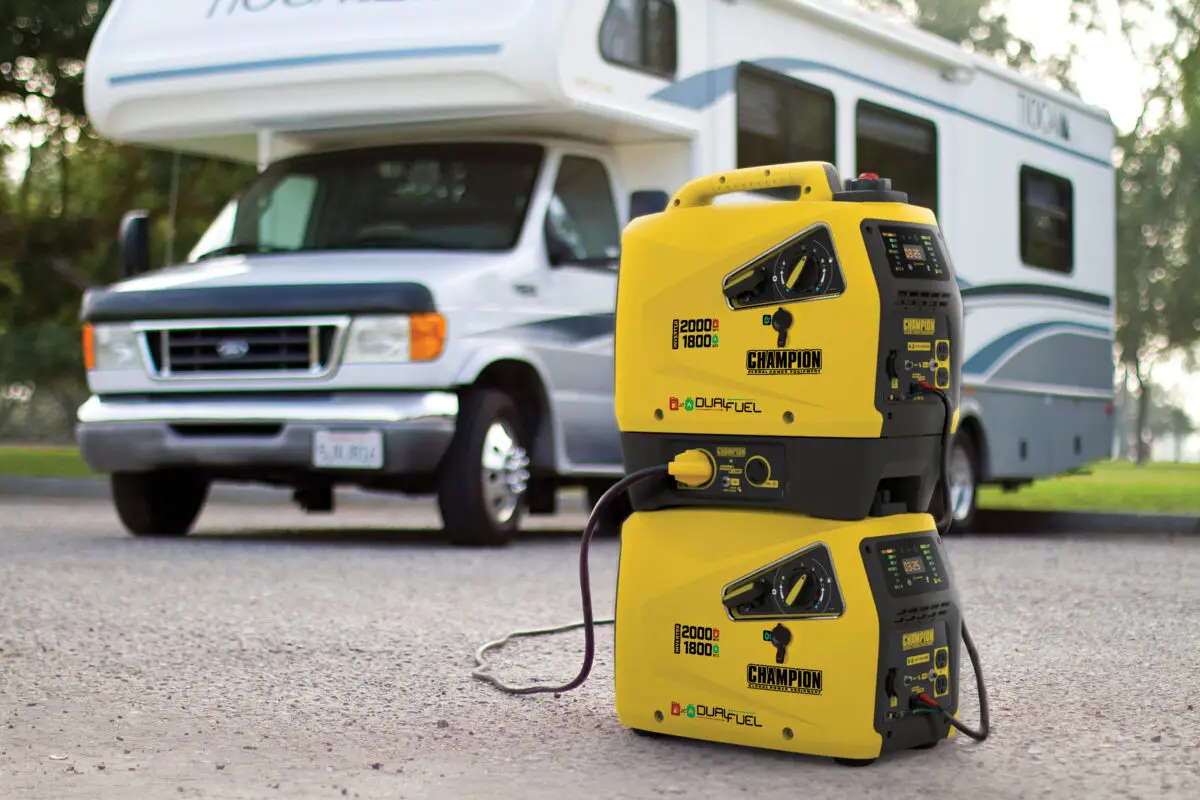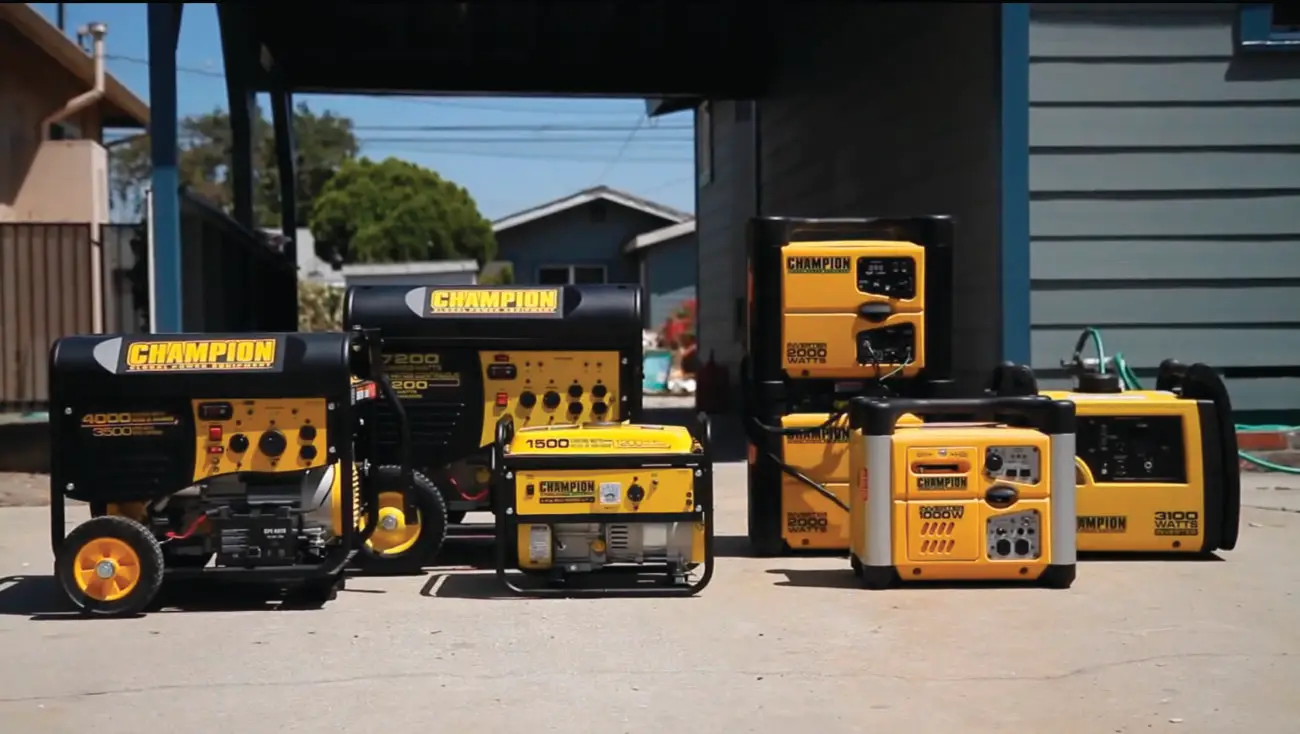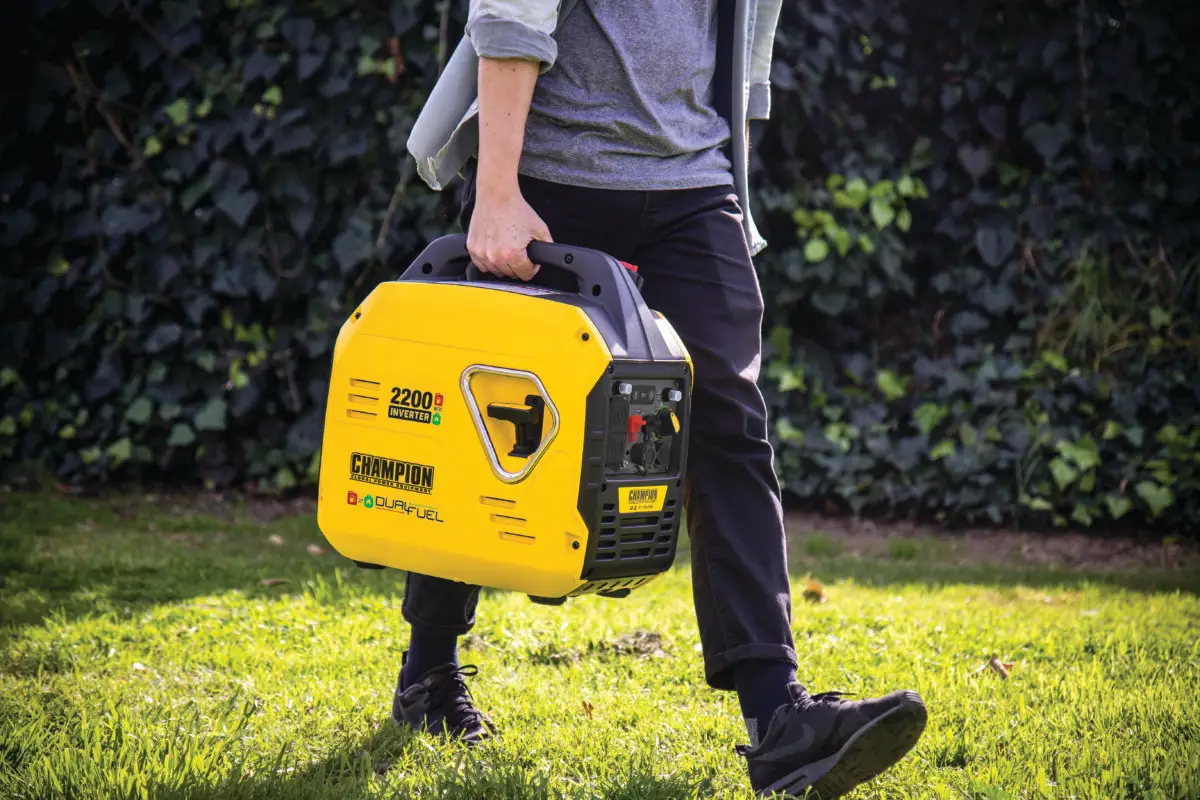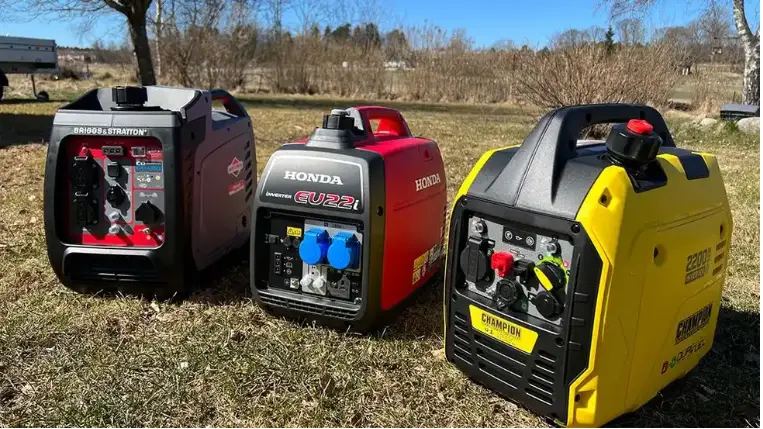Invertegenerator
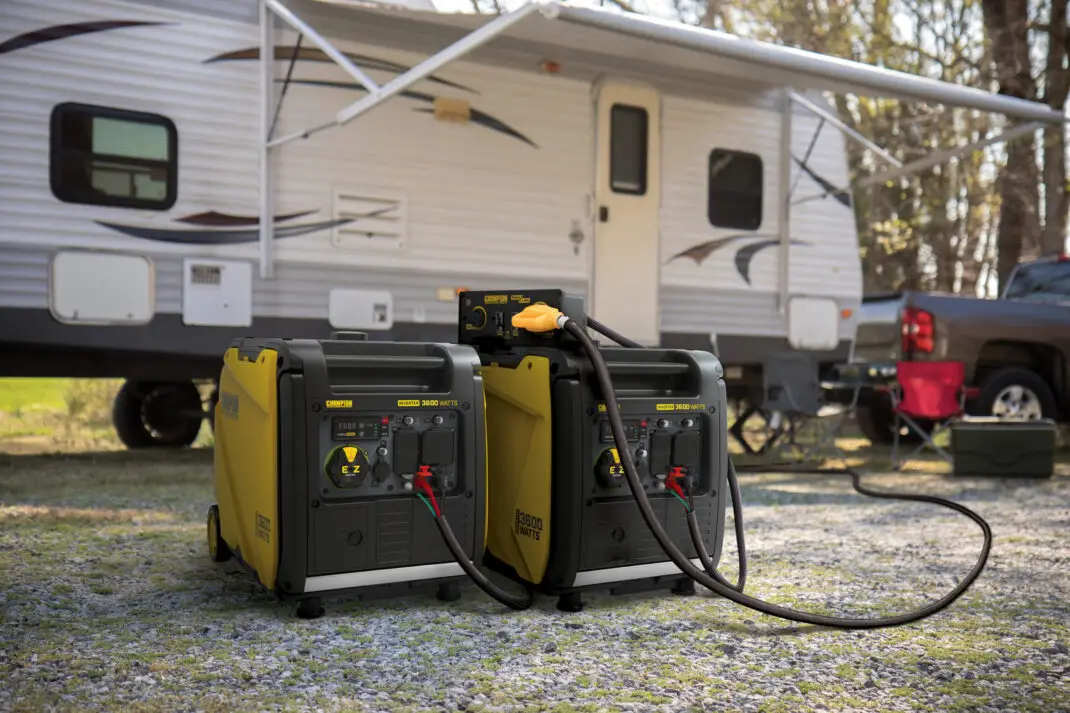
What Is an Inverter Generator? A Complete Guide
Inverter generators have become increasingly popular for home backup power, outdoor recreation, and even professional use. Their quiet operation, fuel efficiency, and clean power output make them a top choice over conventional generators. But what exactly is an inverter generator, and how do you use one safely and effectively?
What Is an Inverter Generator?
An inverter generator is a type of portable generator that uses advanced electronic circuitry and high-tech magnets to produce electricity. Unlike traditional generators that produce AC (alternating current) power directly, inverter generators convert AC power to DC (direct current), and then back to clean, stable AC power.
This double conversion allows inverter generators to provide consistent and smooth electricity—ideal for sensitive electronics like laptops, phones, and medical devices.
Key Features of Inverter Generators:
- Quiet operation – Much quieter than traditional generators
- Fuel efficient – Adjusts engine speed based on power demand
- Compact and lightweight – Easy to transport and store
- Clean power – Safe for sensitive electronics (low total harmonic distortion)
- Parallel capability – Many models can be linked together for more power
How to Use an Inverter Generator
Using an inverter generator is relatively simple, but safety and proper maintenance are essential.
- Choose the Right Size
Determine your power needs before buying or using a generator. Wattage requirements vary:
Small appliances: 200–800 watts
Power tools: 800–2,000 watts
RVs or home backup: 2,000–4,000+ watts
Check the starting watts and running watts of your devices and match that with the generator’s capacity.
- Fuel and Oil
Use fresh gasoline (or propane, depending on model).
Check and add engine oil before use.
Store fuel in approved containers and away from heat or open flames.
- Starting the Generator
Most inverter generators start using:
Manual recoil pull (like a lawnmower)
Electric start (push-button or key ignition)
Some have remote start via wireless key fob
Follow the manufacturer’s steps:
- Turn fuel valve on
- Set choke to “Start”
- Start engine
- Let it run for a minute before plugging in devices
- Connect Devices Safely
Use outdoor-rated extension cords if needed.
Start with essential devices first.
Don’t overload the generator—check wattage limits.
- Shut Down Properly
- Unplug all devices
- Let the engine run for a few minutes with no load
- Turn off the generator
- Shut the fuel valve
Important Things to Know
- Never Use Indoors
Carbon monoxide from the exhaust can be deadly. Always run your generator outside, away from windows, doors, or vents.
- Maintenance is Key
Change oil after the first 20 hours, then regularly
Clean air filters and spark plugs
Drain old fuel if storing for long periods
- Storage Tips
Use fuel stabilizers if storing for more than 30 days
Store in a cool, dry place
Keep battery charged (for electric start models)
- Legal and Environmental Notes
Some areas have noise or emission regulations—look for CARB-compliant models if you live in California or eco-sensitive zones.
When to Use an Inverter Generator
- Camping or RV trips – Quiet enough for campgrounds
- Tailgating or outdoor events
- Emergency home backup
- Powering tools on remote job sites
- Charging electronics during power outages
Inverter generators are a smart choice if you value quiet performance, fuel efficiency, and safe power for sensitive devices. Whether you’re preparing for emergencies or planning your next camping trip, investing in a quality inverter generator can give you peace of mind and power wherever you need it.
